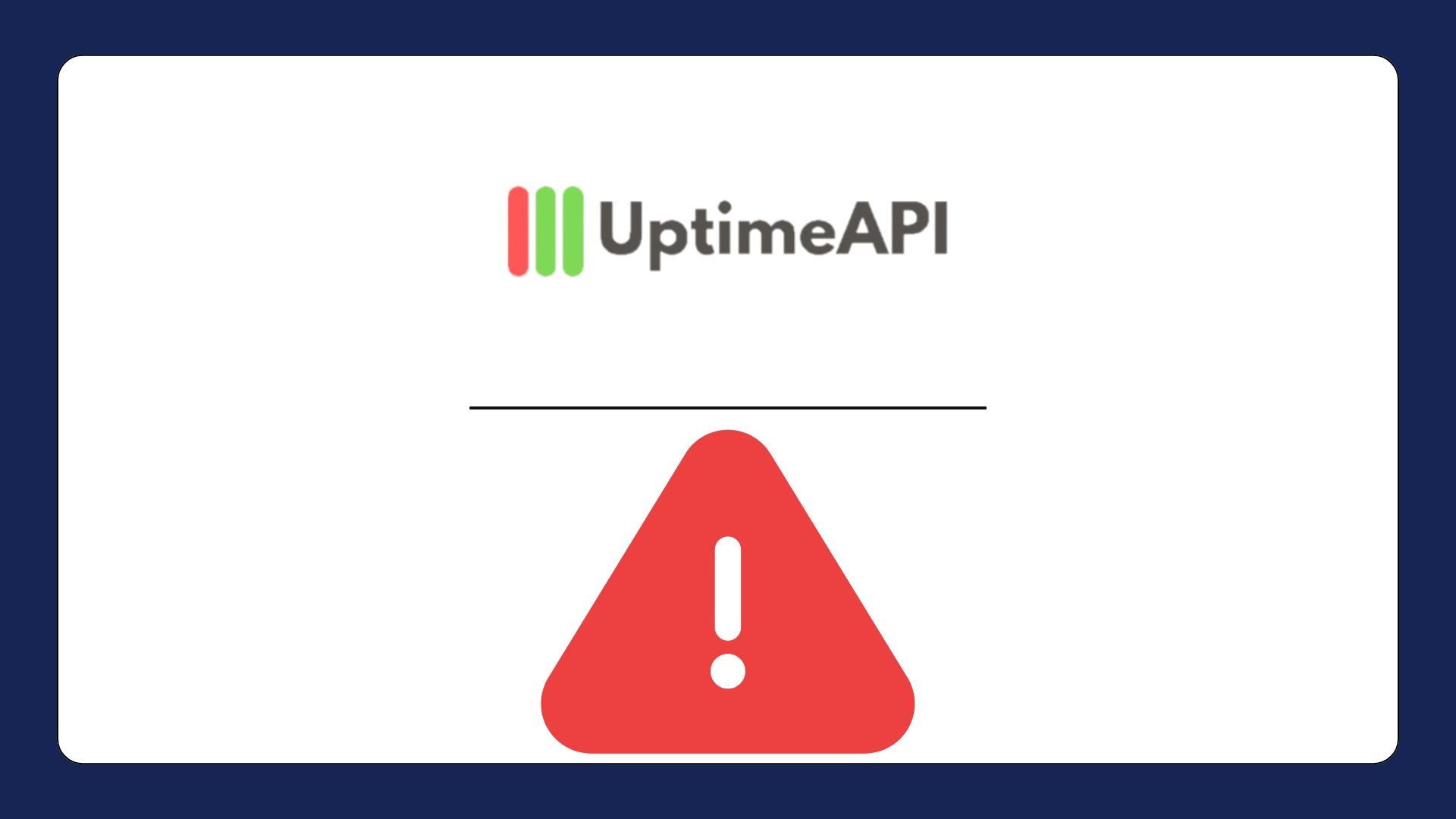API Performance Monitoring And Optimization

Whether it’s a banking app pulling transaction details or a retail website processing payments, APIs are constantly at work, delivering the critical information that drives modern businesses. However, as the reliance on APIs continues to grow, so does the need for API performance monitoring to ensure they run efficiently. This is where Uptime API comes into play.
Key Features of Uptime API for API Performance Monitoring
Uptime API is designed to provide users with a clear, accurate picture of how their APIs are performing at any given moment. It does so by offering a host of robust features that cater to the unique needs of businesses and developers. Let’s explore some of the key features that make the API a leader in API performance monitoring.
The Uptime API's real-time monitoring features are one of its main features. It provides continuous, 24-hour monitoring, in contrast to typical monitoring solutions that might only assess performance at predetermined times. As a result, companies may see the performance of their APIs in real time. Maintaining consistent uptime is essential in the global marketplace of today, when customers engage with apps and services from many time zones. Businesses may respond quickly to performance problems by using real-time monitoring, which reduces downtime and maintains service availability.
When an API goes down, the clock starts ticking. Every second of downtime can result in lost revenue, damaged customer relationships, and potential brand harm. Uptime API is equipped with a sophisticated alert system that immediately notifies you when an API becomes unavailable. The alerts are customizable, meaning you can set up notifications to be sent through various channels like email, SMS, or webhooks. Whether you need alerts sent to your IT team, development team, or both, Uptime API ensures that the right people are informed the moment something goes wrong.
The Critical Role of API Performance Monitoring
APIs are essential to the success of digital businesses. As the invisible connectors that ensure smooth interactions between systems, they facilitate everything from user authentication to financial transactions. However, as important as APIs are, they are not immune to performance issues. When an API performs poorly or, worse, experiences downtime, the consequences can be severe. Service disruptions lead to lost revenue, frustrated customers, and in the case of industries like healthcare or finance, potential regulatory consequences.
API performance monitoring helps ensure that these vital systems remain operational and optimized for performance. Monitoring involves tracking an API's uptime, response time, latency, and error rates, among other metrics. By continuously assessing the performance of an API, businesses can detect issues early, address bottlenecks, and prevent outages before they affect end users. This proactive approach is especially important in industries where even a few seconds of downtime could result in significant disruptions.
When it comes to comprehensive monitoring, this API offers an all-in-one solution. Businesses need real-time insights into their API performance, and it provides precisely that, delivering the essential data and alerts necessary to ensure APIs are functioning at their best.
With Uptime API, you have complete control over how you receive alerts. Rather than being bombarded with notifications for every minor fluctuation in performance, you can set specific thresholds for alerts. This ensures that you’re only notified about issues that truly matter. For example, you can set an alert to trigger when your API’s response time exceeds a certain limit or when error rates spike above normal levels. These customized alerts help you stay focused on the most critical issues, preventing unnecessary distractions.

